Everything You Need to Know About Miniature Trains: A Comprehensive Guide
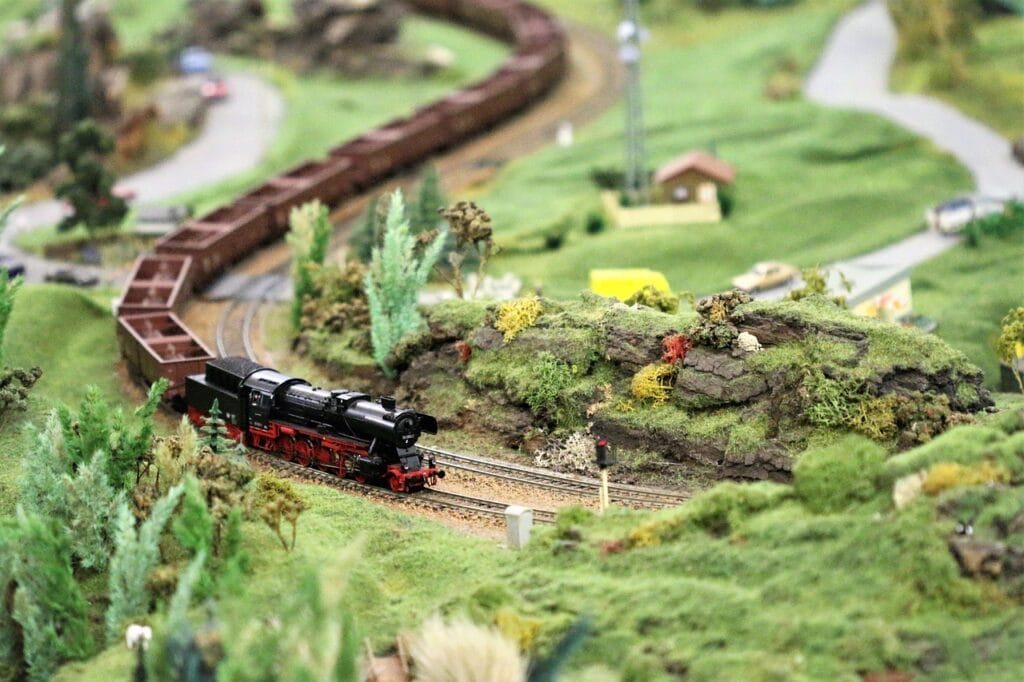
Miniature trains have captivated hobbyists and enthusiasts for generations, offering a unique blend of creativity, engineering, and nostalgia. Whether you are a seasoned collector or a newcomer to the world of model railroading, understanding the intricacies of miniature trains can enhance your experience and appreciation for this fascinating hobby. In this comprehensive guide, we will explore the different types of miniature trains, their history, tips for collecting, and how to create the perfect layout for your model railway.
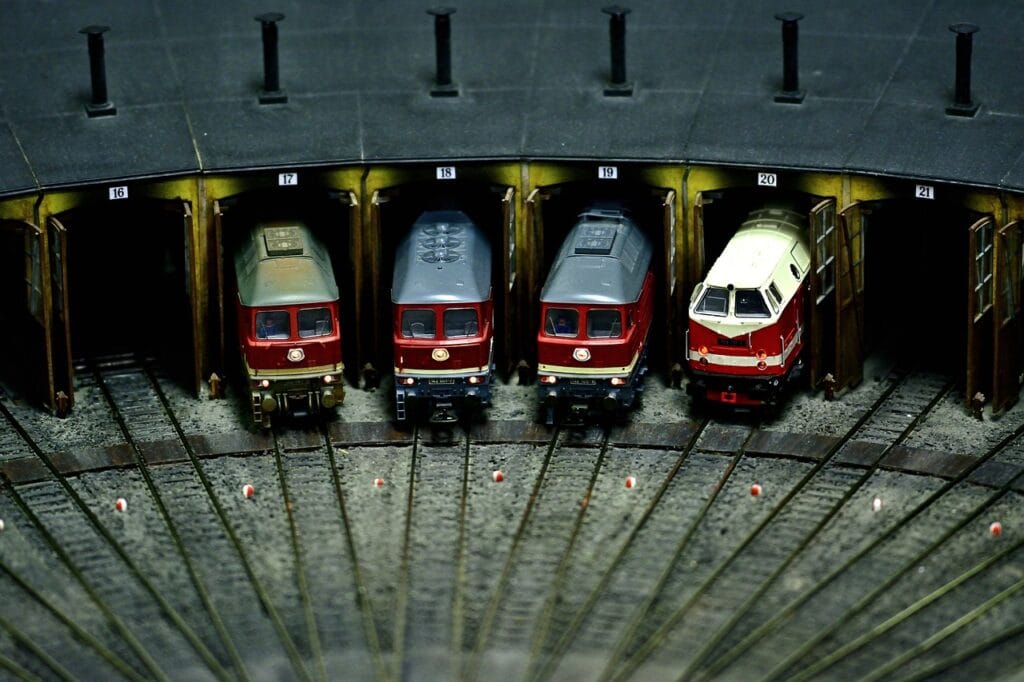

The Fascinating History of Miniature Trains
Miniature trains have a rich history that dates back to the early 19th century. The first model trains were simple wooden toys, but as technology advanced, so did the complexity and realism of these models. The introduction of electric trains in the early 20th century revolutionized the hobby, allowing for more intricate designs and realistic operations. Today, miniature trains come in various scales and styles, catering to a wide range of interests and preferences.
Types of Miniature Trains
When it comes to miniature trains, there are several scales and types to choose from. Here are some of the most popular:
1. HO Scale (1:87)
The HO scale is one of the most popular scales among model railroaders. Its size makes it easy to find a wide variety of locomotives, rolling stock, and accessories. HO scale trains are perfect for creating detailed layouts in limited spaces.
2. N Scale (1:160)
N scale trains are smaller than HO scale, making them ideal for hobbyists with limited space. Despite their size, N scale models offer impressive detail and realism, allowing for intricate layouts that can fit in smaller areas.
3. O Scale (1:48)
O scale trains are larger and often used for more detailed and robust layouts. They are popular among collectors and hobbyists who enjoy building elaborate scenes and landscapes. O scale trains are also known for their durability, making them suitable for younger enthusiasts.
4. G Scale (1:22.5)
G scale trains are designed for outdoor use and are often used in garden railways. Their larger size allows for greater visibility and detail, making them a favorite among those who want to create expansive outdoor layouts.
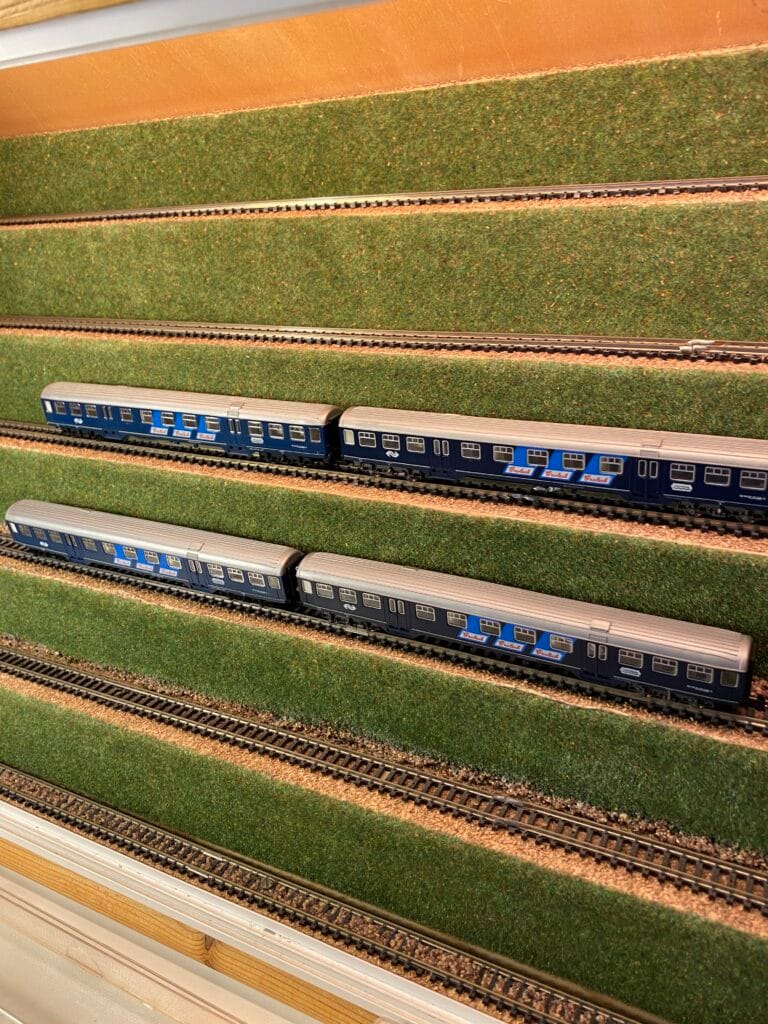
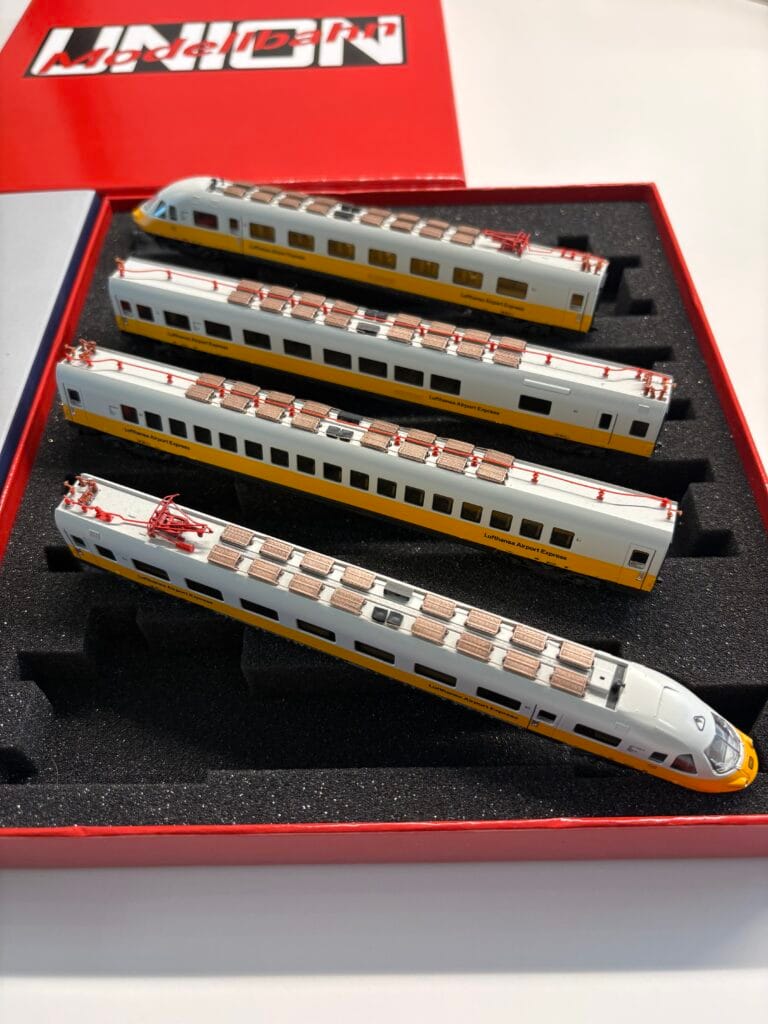
Collecting Miniature Trains: Tips and Tricks
Collecting miniature trains can be a rewarding experience, but it requires knowledge and dedication. Here are some tips to help you get started:
1. Research Brands and Models
Familiarize yourself with popular brands such as Märklin, Bachmann, and Kato. Each brand has its unique offerings, and understanding their strengths and weaknesses can help you make informed decisions.
2. Join a Community
Engaging with fellow enthusiasts can provide valuable insights and support. Consider joining online forums, local clubs, or social media groups dedicated to miniature trains. These communities often share tips, tricks, and resources that can enhance your collecting experience.
3. Attend Train Shows and Expos
Train shows and expos are excellent opportunities to discover new models, meet other collectors, and learn about the latest trends in the hobby. These events often feature vendors selling rare and hard-to-find items.
4. Start Small
If you’re new to collecting, start with a few models that interest you. As you gain experience and knowledge, you can expand your collection and explore different scales and types of miniature trains.
Creating the Perfect Layout for Your Miniature Trains
Designing a layout for your miniature trains is one of the most enjoyable aspects of the hobby. Here are some tips to help you create a stunning and functional layout:
1. Plan Your Space
Before you start building, measure your available space and create a layout plan. Consider the scale of your trains and how much room you need for tracks, scenery, and buildings.
2. Incorporate Realism
Add realistic scenery, such as trees, buildings, and figures, to bring your layout to life. Pay attention to details like weathering on trains and structures to enhance the overall appearance.
3. Use Quality Materials
Invest in high-quality tracks, switches, and accessories to ensure smooth operation and durability. Quality materials will enhance the performance of your miniature trains and make your layout more enjoyable.
4. Experiment with Track Design
Don’t be afraid to experiment with different track designs and configurations. Incorporate curves, elevation changes, and sidings to create a dynamic and engaging layout.
I wrote an article about the best way to build a model train layout!
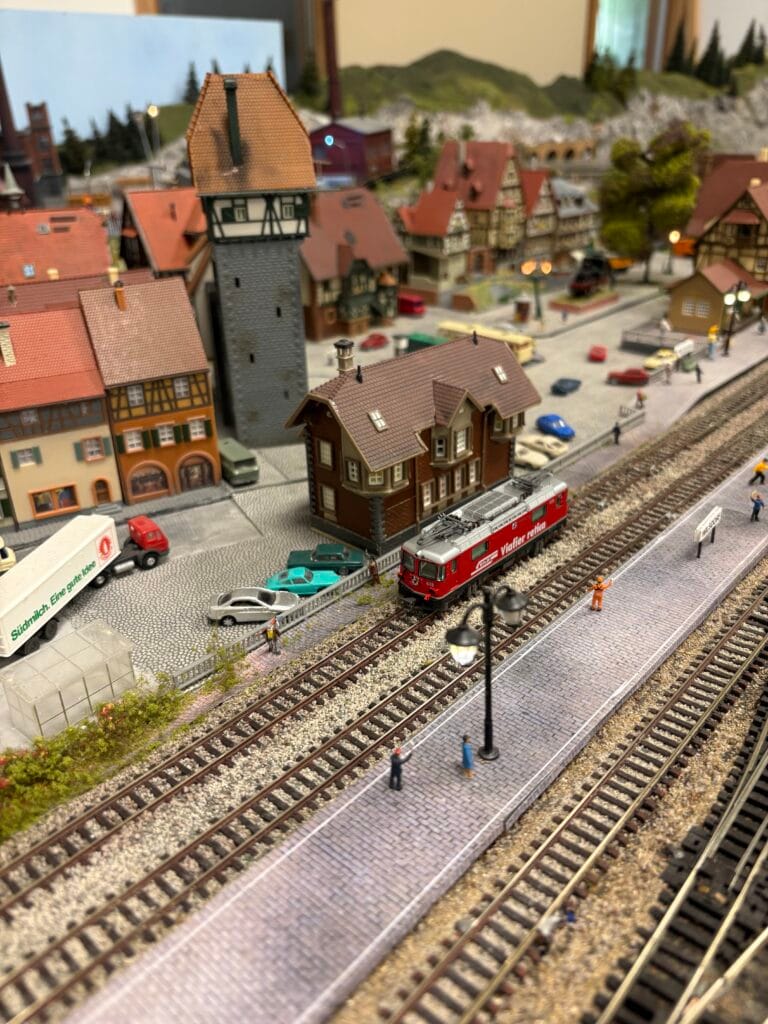
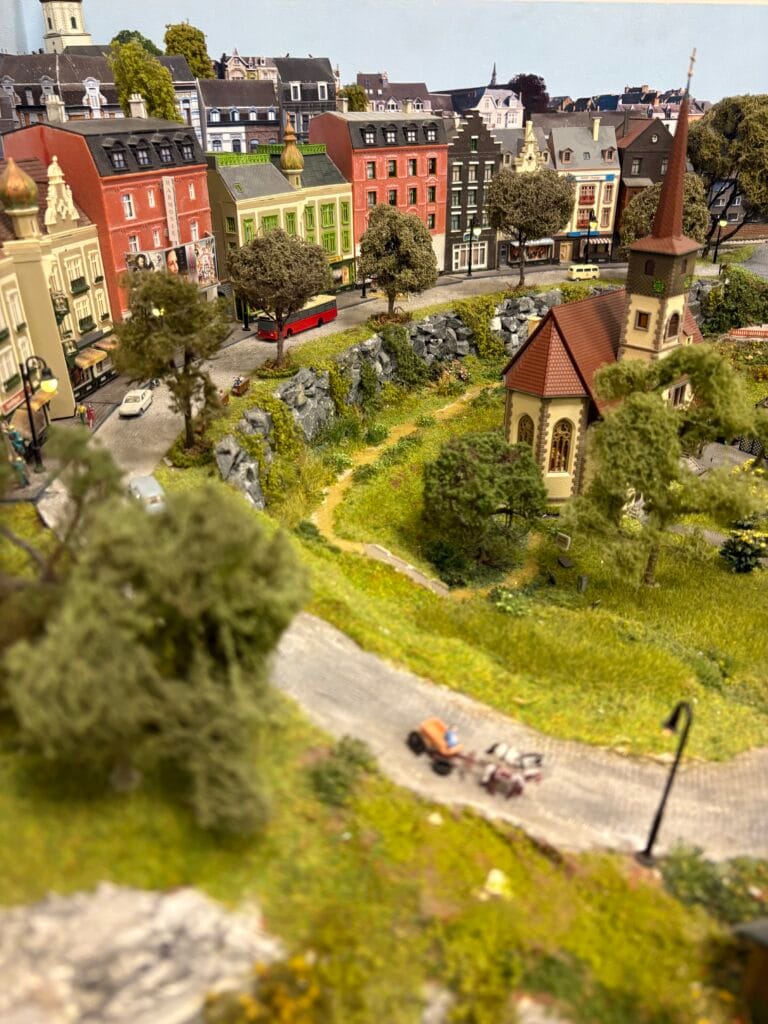
Final Thoughts
Miniature trains offer a captivating world of creativity, engineering, and nostalgia for hobbyists of all ages. By understanding the history, types, and collecting tips, you can enhance your experience and appreciation for this timeless hobby. Whether you’re building your first layout or expanding your collection, the world of miniature trains is waiting for you to explore.
Are you ready to dive into the world of miniature trains? Share your thoughts and experiences in the comments below! Don’t forget to check out our other articles for tips and inspiration on your model railway journey.



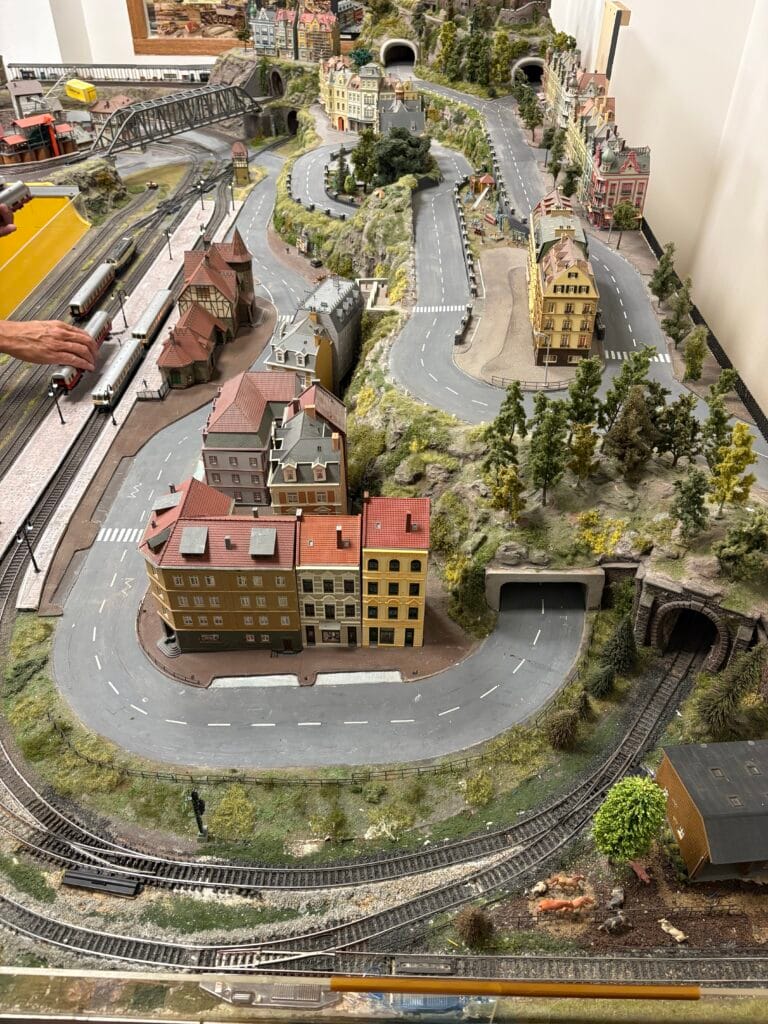
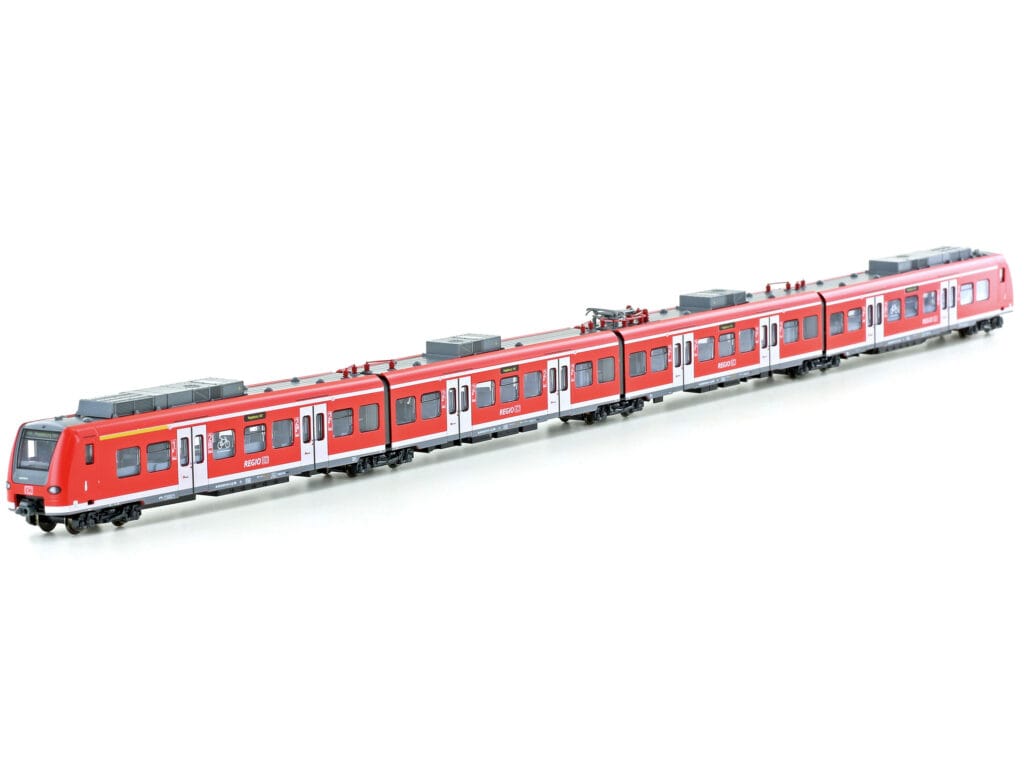
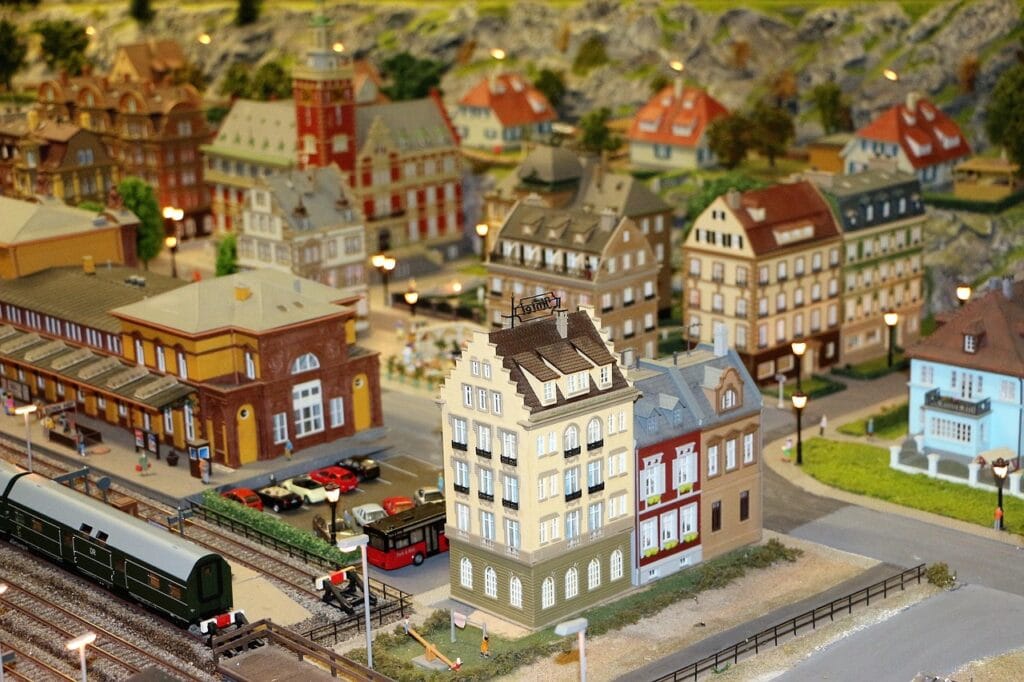
Responses